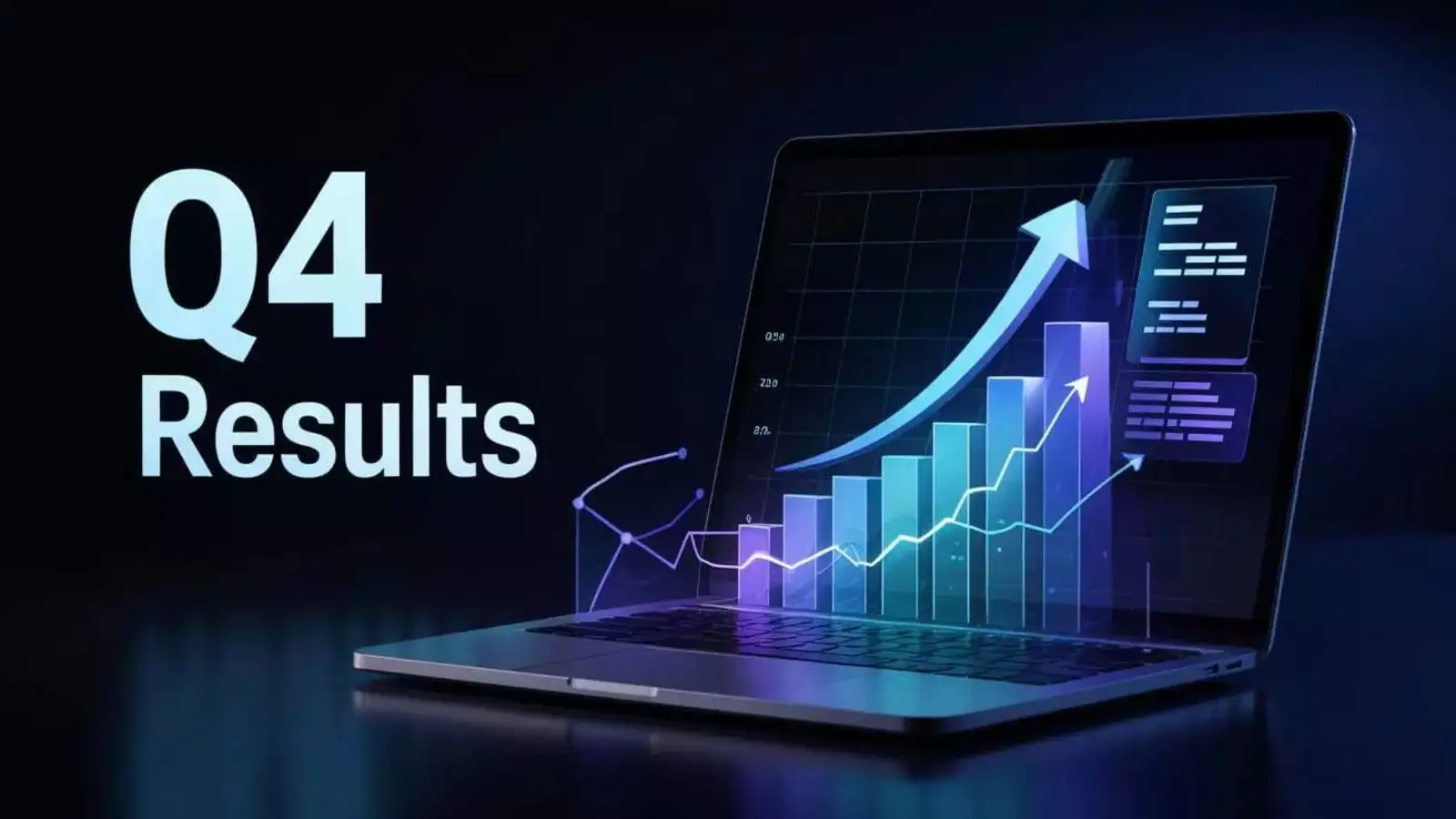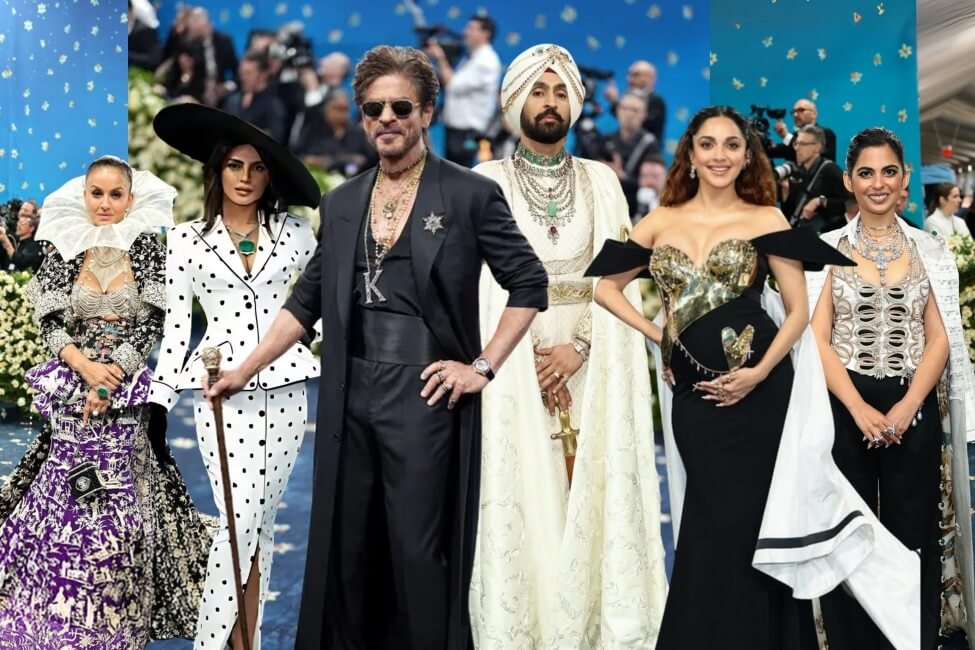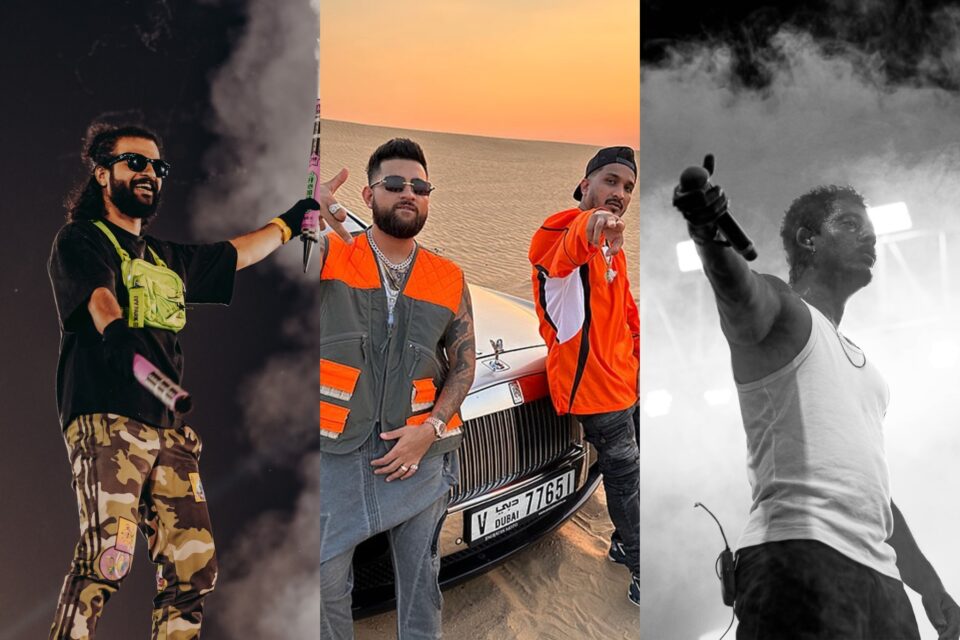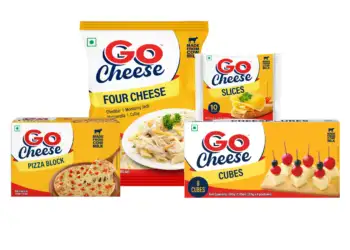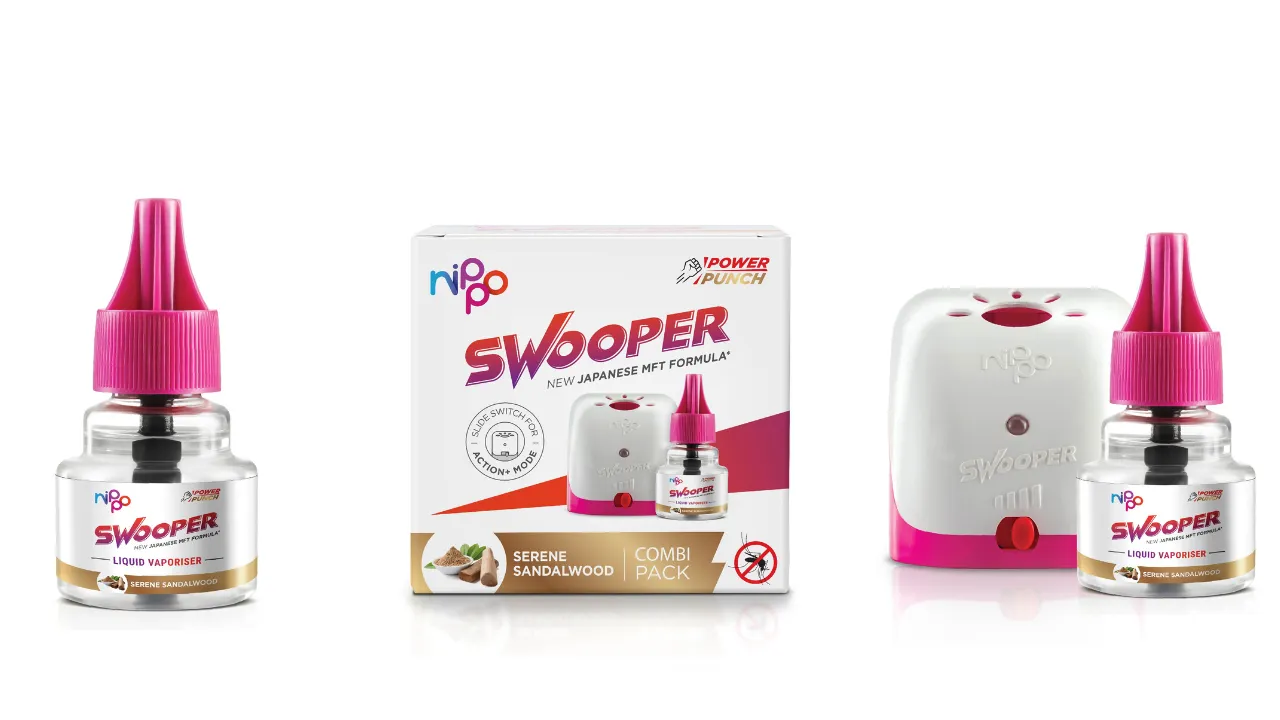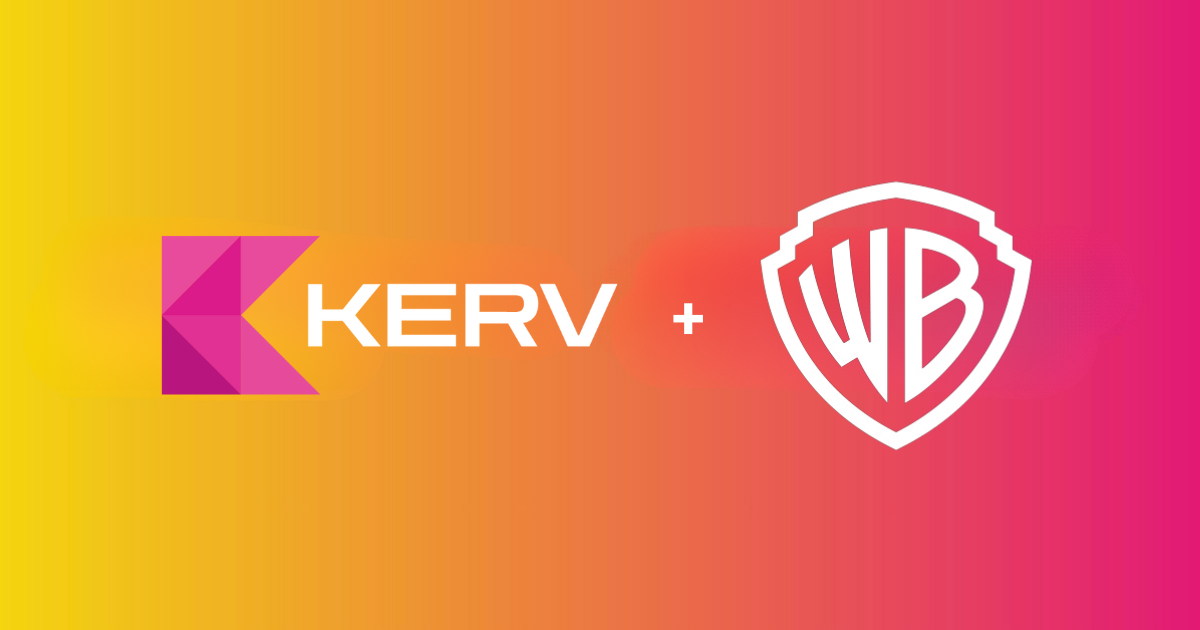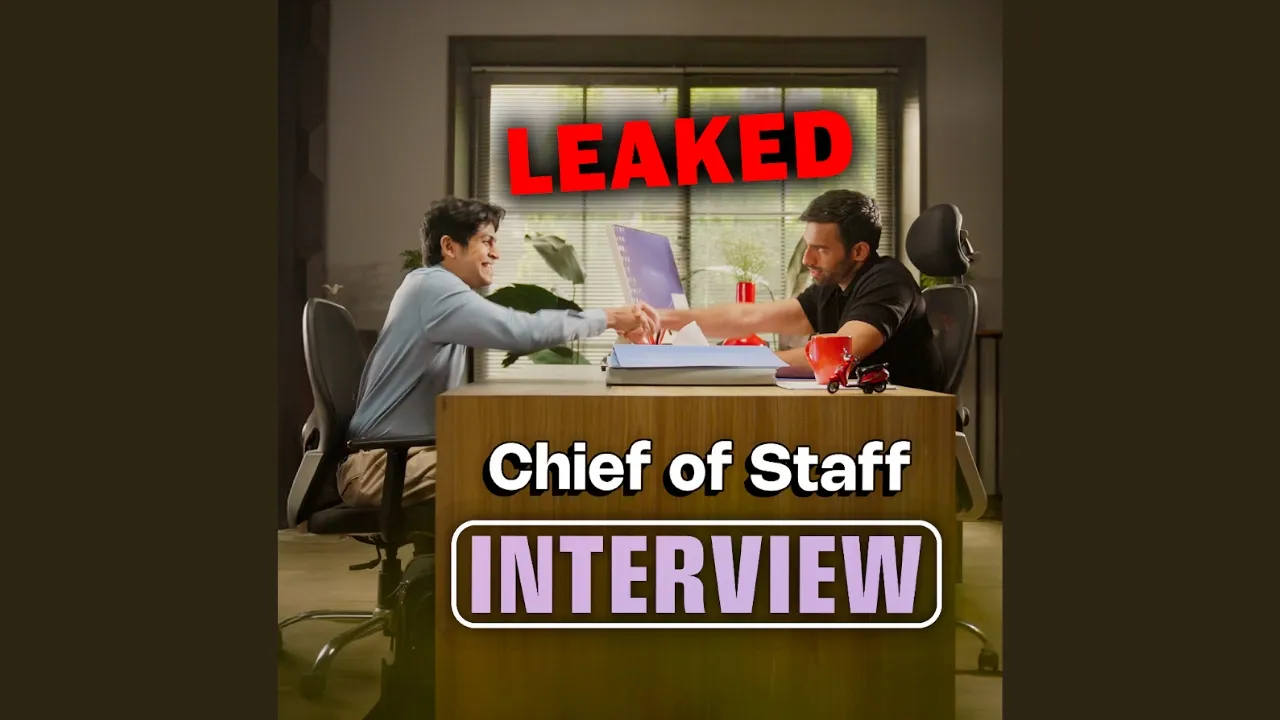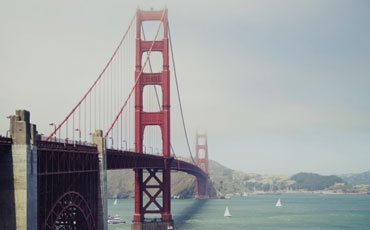The year 2024 was particularly amazing for marketers. In addition to the regular yearly seasons of IPL, KBC, and Bigg Boss, this year we saw massive impact properties such as the Cricket World Cup and the Olympics, necessitating a larger promotional purse and a more refined marketing strategy.
As the year draws to a close, afaqs! spoke to some key marketing leaders about their learnings from 2024 and their expectations for 2025. The industry appears to have unanimously recognised the importance of content marketing and the effective ways to nail it.
In addition to content, marketers are increasingly prioritising experiential marketing and customer experience. Brands are consistently leveraging the rise of CTV and constant technological advancements in AI for effective marketing strategies.
Edited excerpts:
Raja Chakraborty, CMO, Continental Coffee
New Raja
With consumers engaging with multimedia platforms ranging from TV to social media, e-commerce, and quick commerce (q-comm), brands can no longer rely on a one-size-fits-all approach to content creation.
Multi-format content is essential for building successful brands in today’s world. While the essence of the brand may remain consistent, its communication requires significant tweaking across the funnel, customised to the medium of communication.
Marketing and content strategies need to be adapted as per the communication funnel, moving through stages of awareness, consideration, and conversion. A one-size-fits-all strategy simply won’t suffice.
Smaller brands should focus on carving out their own competitive spaces, instead of following the paths paved by larger brands and risk failing. For them, it is better to compromise on reach in favour of creating impactful, targeted communication.
The advent of q-comm and the steady rise of social commerce have provided brands with a level playing field to win consumer loyalty, especially in niche premium categories.
Bottom and middle-of-the-funnel spends will play a more critical role than top-of-the-funnel campaigns, given the increasing significance of e-commerce, q-comm, modern trade, and supermarkets across various categories.
The emergence of connected TV as a vital medium for premium brand communication adds another dimension to the marketing landscape. In a volatile global economy characterised by inflating commodity prices and uncertain conditions, marketing teams must act as profit watchers and demonstrate agility in decision-making.
Keeping a constant eye on the bottom line, hedging risks effectively, and building new foundational strategies are imperative for navigating such uncertain times successfully.
Nishant Kedia, CMO, Rebel Foods
Nishant Kedia new
2024 has been a year of learning and adapting in the fast-evolving foodtech and cloud kitchen industry. The performance of digital ads on traditional platforms such as Facebook, YouTube, and Instagram has seen a decline, urging brands to rethink their media mix for more efficient targeting.
At Rebel Foods, we’ve observed a significant shift toward content-driven marketing. Collaborating with influencers and creating relatable, authentic content with subtle brand integration has been far more impactful than overt promotions.
Another emerging trend is the rise of personal branding, with leaders using platforms such as podcasts and social media to enhance both their and their company’s visibility.
For a brand like ours, staying relevant also means understanding the shifting dynamics of Gen Z and Gen Alpha as key growth drivers. Sharpening product and communication strategies around these groups is critical.
Most importantly, customer experience continues to outperform any marketing effort when it comes to acquisition and retention.
At Rebel Foods, we’re excited to harness AI not just for creative development but also for customer targeting and media planning in 2025, ensuring our efforts are data-driven and impactful.
The future is about agility, innovation, and deeply connecting with our audiences.
Akshali Shah, executive director, Parag Milk Foods
Parag Milk Foods
At Parag Milk Foods, we have seen a notable rise in consumer demand for hyper-personalised and experiential campaigns that add value beyond the product. The challenge remains in balancing authenticity with innovation while staying rooted in tradition.
We continue to embrace a 360-degree integrated marketing approach, although we have seen a surge in digital-first strategies. A notable highlight has been collaborating with over 200 influencers across our brands, including Avvatar and Pride of Cows, to amplify reach and engagement authentically.
One of our key learnings has been the importance of creating meaningful, context-driven brand integrations that resonate deeply with diverse consumer segments.
Our association with Kaun Banega Crorepati, demonstrated how aligning with legacy platforms can amplify visibility and trust. Similarly, Avvatar protein’s partnership with Spartan Endurance, an international obstacle course event, showcased the power of purpose-led collaborations, positioning whey protein as integral to fitness journeys.
Go Cheese’s integration with Bigg Boss has been another successful experiential campaign, fostering high brand recall by becoming part of viewers’ daily conversations.
As we look toward 2025, we anticipate sustainability and purpose taking centre stage, with storytelling and technology becoming critical to creating campaigns that are not only impactful but also memorable.
At Parag Milk Foods, we are committed to evolving alongside these trends to effectively meet the ever-changing needs of our consumers.
Suraj Chaudhari, co-founder, CBO, Zlade
Suraj Chaudhari
Our key learning this year has been the realisation to find a diversified mix of marketing channels to support our growth as an omnichannel brand. Pureplay D2C brands can grow by just relying on Meta and Google, however, for an omnichannel digital-first brand like Zlade, diversification of the marketing mix is key.
The rise of WhatsApp as a marketing channel, shoppable videos and UGC dominated this year in D2C marketing.
WhatsApp has emerged as a good channel to increase retention and also to acquire new customers profitably, however, privacy and spam remain top concerns for customers when they start receiving a barrage of marketing messages from brands.
Additionally, many new tools have emerged where you can have stories like stoppable videos on product pages which help you showcase your products better to customers and help you increase conversions.
And finally, UGC has once again dominated D2C marketing, especially performance-led campaigns on Instagram and Facebook.
We firmly believe that D2C is a channel and not a business model. You have to be where your customers are, and today customers are on quick commence, expecting orders to be delivered in 10 minutes.
We are fortunately on the right side of this learning and Zlade products are now available on all q-comm apps across India. We also believe this phenomenon will accelerate further and q-comm will dominate the coming year.
Following on to my earlier point, we feel that the expectation of a 10-minute delivery is not a fad but a behavioural change. And this is evident why the likes of Flipkart, Myntra and now even Amazon have decided to offer 10-15 minute deliveries.
We are super bullish on q-comm and we feel 15-minute deliveries will become a norm going forward, not just in groceries and food but also in all other e-commerce categories.
Video:
Author: prakash kaunder



